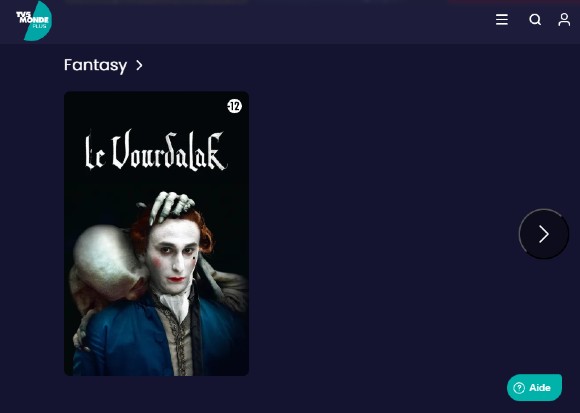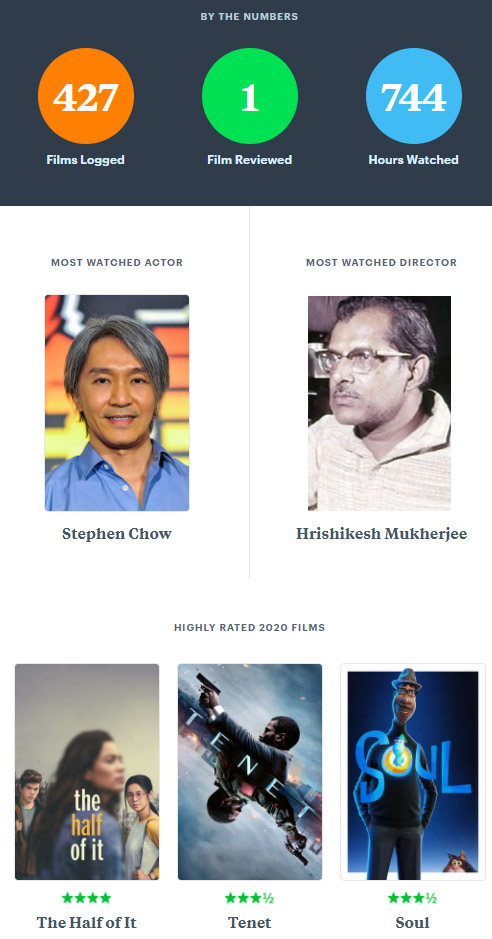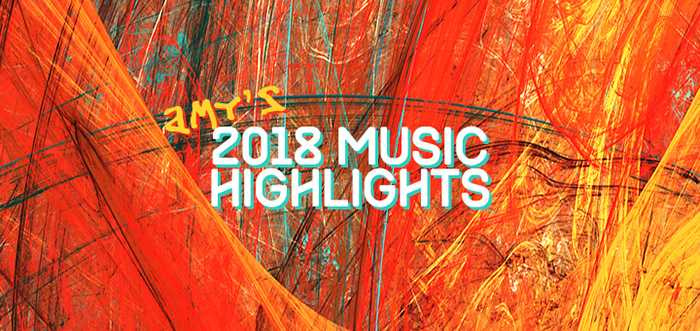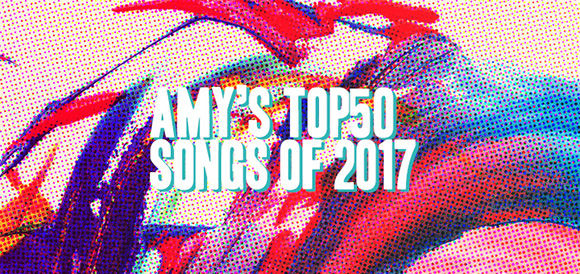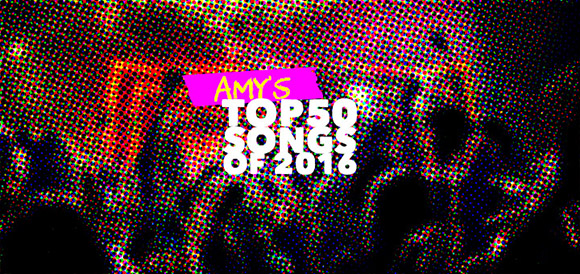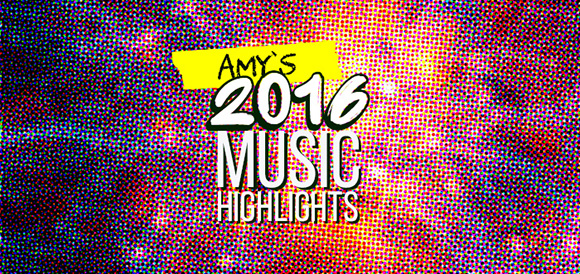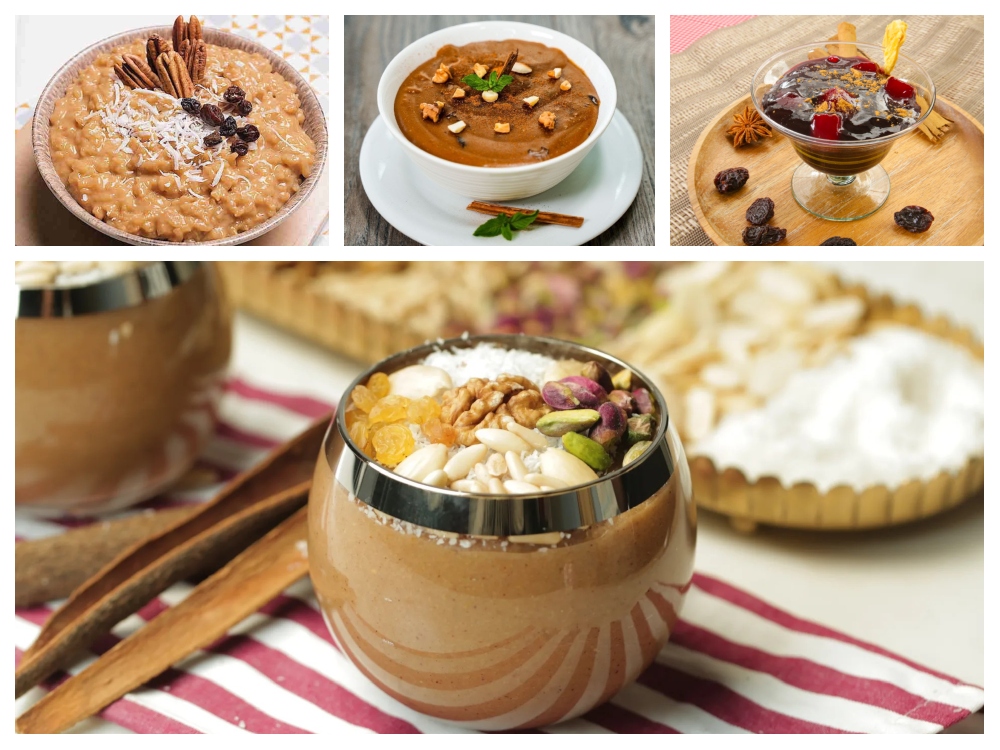
~ el arroz zambito, la mazamorra de cochino y la mazamorra morada ~
Todos hemos comido una buena mazamorra morada hecha, no necesariamente por tu propia abuela, por una tía, la amiga de la familia o la señora del barrio. Menos hemos comido una mazamorra de cochino o un buen arroz zambito. La textura de un arroz zambito es muy parecida a un arroz con leche, que todos en América Latina y cualquier hispanohablante posiblemente sí ha probado. Pero la textura de una mazamorra es solo propia de los países andinos— desde emolientes con mucha linaza o sábila en Perú y Ecuador o los apis en el sur peruano o Bolivia. Una textura pegajosa, no masticable, solamente absorbible; no necesariamente del agrado de todo el mundo. Ésta es solo comparable a lo que se consigue en Japón y, a veces China, con una planta conocida como Kudzu/Kuzu (葛) que además de ser de uso medicinal, su raíz tuberosa se utiliza como almidón en diversos postres y para espesar sopas y otros platillos.
Como esta versión moderna de un pudding de coco con lima espesada con kudzu.
Las supuestas raíces pre-colombinas de la mazamorra nos lleva al Ishkupcha, una mezcla de maíz con cal, según los detallado en el blog de Gloria Hinostroza donde escribe Historia de la Gastronomía Peruana – Parte 6 notando antiguas palabras quechua, seleccionadas por Horkheimer de antiguas crónicas de Garcilaso, Domingo de Santo Tomás, Middendorf y Varcárcel. Por otro lado, Mazamorra morada: historia, evolución y receta del postre peruano más popular publicado en el 2024 en El Comercio indica que en el libro La Cocina en el Virreinato del Perú de Rosario Olivas Weston se señala que durante la época incaica se cocinaba el champú (otro postre de textura similar a la mazamorra) y que al fermentarse, éste adquiría un color morado, y que finalmente se le terminó llamando “api.“
Con la llegada de los españoles, que ya habían sido influenciados por los árabes, el boom del comercio de especias como la canela y el clavo de olor chocan con la fécula de camote y el maíz morado (¿y la piña?), y así nace la mazamorra morada moderna. Según el historiador peruano Juan José Vegas se cree que los españoles trajeron al Virreinato del Perú unas concubinas moras, que muchas veces se convertían en domésticas y cocineras por lo que se creo el término “masa mora” para referirse a uno de sus platos. Sin embargo, según Larousse de la Gastronomía Peruana de Gastón Acurio, el origen del nombre nos lleva al ámbito de marinos mediterráneos que “quizá conocieron un dulce similar en los viajes que realizaban hacia el Oriente.” Este Oriente puede ser la zona del Maghreb en la actual Marruecos, Argelia, Túnez y Libia, donde supuestamente existe algo llamado “matmora” que nadie encuentra. Sin embargo los tunecinos tienen un postre tipo natilla llamado Bouza, aunque parece estar preparado con sorgo, avellanas, semillas de sésamo, leche y azúcar.
En la búsqueda de un postre muy similar a la mazamorra que sea de origen árabe, me encontré docenas de versiones de arroz con leche, y versiones de éstos hechos con semolina, no obstante me encontré con un postre libanés y zona de influencia cerca al norte de África que se llama Meghli (مغلي, incluído en la foto) o Karawiyah. Considerado un “pudding de arroz” por el uso de harina de arroz en lugar del grano entero, azucarado, especiado y espesado, y adornado con una millonada de nueces, pasas y coco. Su color acaramelado proviene de las especias utilizadas en lugar de la chancaca o panela.
Diferentes, pero también muy parecidos.
Y así pues es la Ruta (de bajo presupuesto) de la Mazamorra.
Feliz 28 de Julio!


